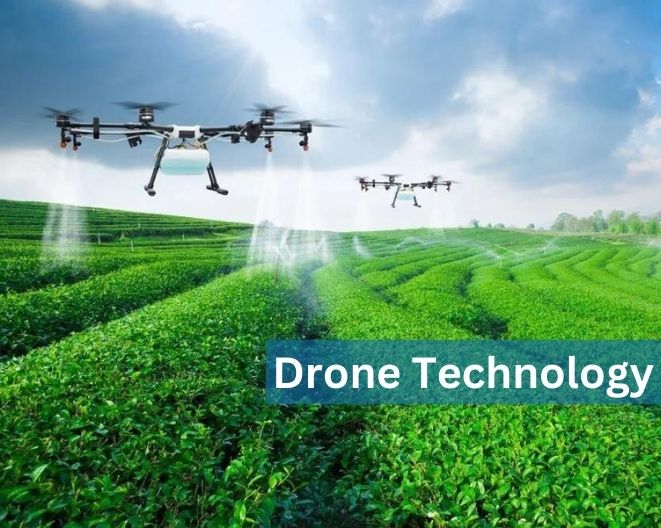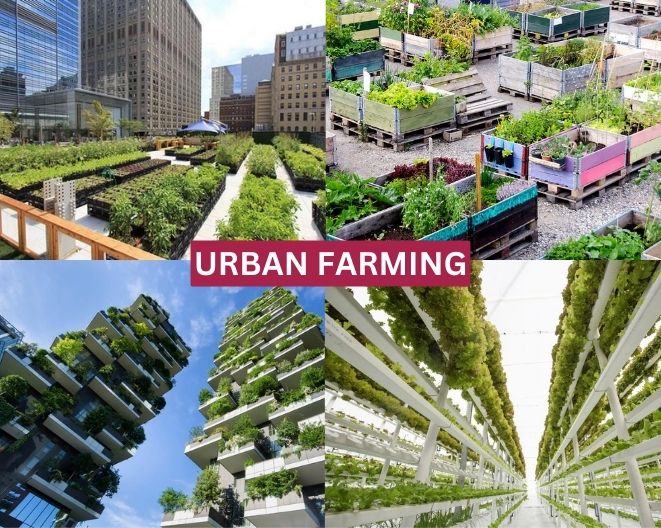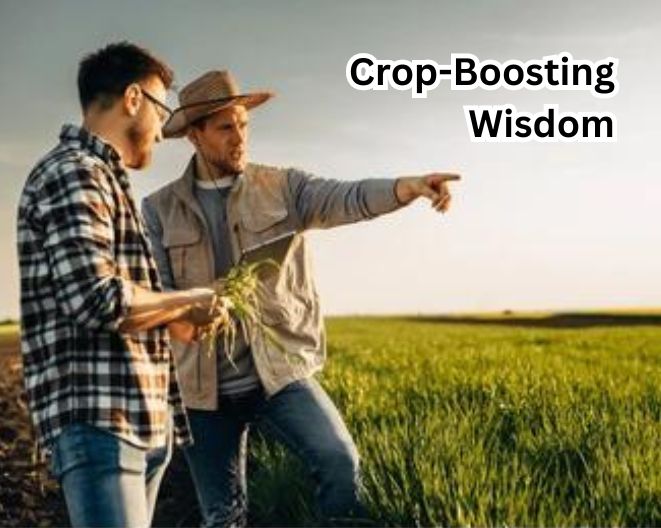In the age of technological innovation, the agricultural landscape is witnessing a revolution from an unexpected source—drones. Unmanned Aerial Vehicles (UAVs), commonly known as drones, are soaring into the agricultural sector, promising endless opportunities for increased efficiency, precision, and yield. However, with these opportunities come bold challenges that require careful consideration. This blog post will explore the impact of drones in agriculture, from their promising applications to the hurdles they must overcome.
The Rise of Drones in Agriculture
Agricultural Drones
Agricultural drones are unmanned aerial vehicles equipped with various sensors and imaging capabilities. They have become invaluable tools for modern farmers, offering a bird’s-eye view of their fields and providing crucial data for decision-making.
Precision Agriculture Takes Flight
Drones contribute to the concept of precision agriculture, where technology is harnessed to optimize various aspects of farming. By collecting real-time data and imagery, drones enable farmers to make informed decisions regarding crop health, irrigation, pest management, and overall farm management.
Endless Opportunities: Applications of Agricultural Drones
1. Crop Monitoring and Health Assessment
Drones equipped with high-resolution cameras and sensors can capture detailed images of crops. This data is then analyzed to assess crop health, detect diseases, and identify nutrient deficiencies. Early detection allows for timely intervention, reducing crop losses.
2. Precision Crop Spraying
Drones can precisely spray fertilizers, pesticides, and herbicides on crops. This targeted approach minimizes chemical usage, reduces environmental impact, and ensures that the right amount of inputs reaches the crops.
3. Mapping and Surveying
Agricultural drones create accurate three-dimensional maps of farmland. This information helps farmers understand the topography, plan field layouts, and optimize irrigation systems for maximum efficiency.
4. Livestock Monitoring
Drones are not limited to crops; they can also monitor livestock. Farmers can use drones to check on the health and movement of animals, ensuring optimal conditions for their well-being.
5. Yield Estimation
By analyzing data collected from drone surveys, farmers can make more accurate predictions about crop yields. This information is invaluable for planning harvest logistics and managing post-harvest processes.
Bold Challenges: Navigating Obstacles in Drone Agriculture
1. Regulatory Hurdles
The integration of drones into agriculture faces regulatory challenges. Issues such as airspace regulations, privacy concerns, and certification requirements pose obstacles to the widespread adoption of agricultural drones.
2. Costs and Affordability
While the technology is promising, the initial costs of purchasing and maintaining drones can be a barrier for many farmers. Achieving affordability and demonstrating a clear return on investment are crucial for widespread adoption.
3. Data Management and Analysis
The vast amount of data collected by drones requires advanced analysis tools. Farmers need user-friendly platforms that can process and interpret the data, turning it into actionable insights without requiring extensive technical expertise.
4. Weather Dependency
Drone operations are weather-dependent, and adverse weather conditions can limit their effectiveness. Rain, strong winds, or low visibility may hinder the deployment of drones, impacting their reliability in certain regions and seasons.
Case Studies: Drones Making a Difference
Japan: Rice Crop Management: In Japan, drones equipped with multispectral cameras are used for rice crop management. They analyze the color of the rice plants to determine their health, enabling farmers to optimize fertilizer application and increase yields.
United States: Precision Agriculture: In the U.S., large-scale farms are using drones for precision agriculture. By mapping fields and monitoring crop health, farmers can make targeted interventions, resulting in cost savings and more sustainable farming practices.
Australia: Livestock Monitoring: Australian farmers employ drones to monitor vast grazing lands. This allows them to keep track of livestock, identify potential issues, and improve overall herd management.
Overcoming Challenges: The Future of Drone Agriculture
1. Advancements in Regulation
Efforts are underway to streamline regulations and create a more conducive environment for drone use in agriculture. Collaborations between regulatory bodies, technology developers, and farmers are essential for establishing clear guidelines.
2. Affordable Technology Solutions
As technology advances, the costs associated with agricultural drones are expected to decrease. Increased affordability will make this technology more accessible to a broader range of farmers, promoting widespread adoption.
3. Integrated Data Platforms
The development of integrated data platforms is crucial for simplifying data management and analysis. User-friendly interfaces that provide actionable insights will empower farmers to make informed decisions based on drone-generated data.
4. Weather-Resilient Drones
Research and development efforts are focused on creating drones that can withstand a variety of weather conditions. From waterproof designs to improved stability in windy conditions, the goal is to enhance the reliability of drones in diverse agricultural settings.
Conclusion
As drones take flight in agriculture, the possibilities are vast, and the challenges are profound. The endless opportunities presented by drones in precision farming, crop monitoring, and livestock management are reshaping the agricultural landscape. However, to fully realize the potential of this technology, we must navigate the bold challenges ahead, including regulatory hurdles, cost considerations, and the need for advanced data management.
In the realm of sky-high harvests, drones are not just tools; they are catalysts for change. As technology continues to evolve and barriers are overcome, the marriage of drones and agriculture holds the promise of a more efficient, sustainable, and productive future for farming around the globe. The sky is not the limit; it’s the beginning of a new era in agriculture.





